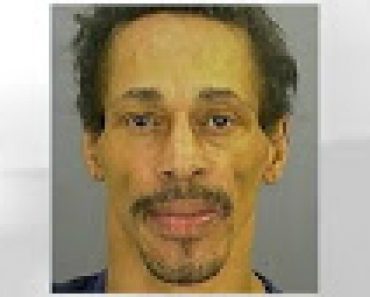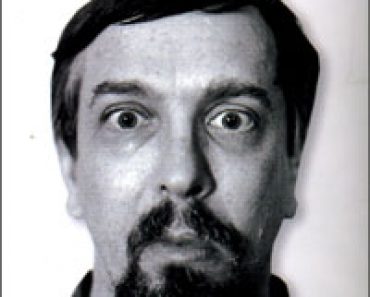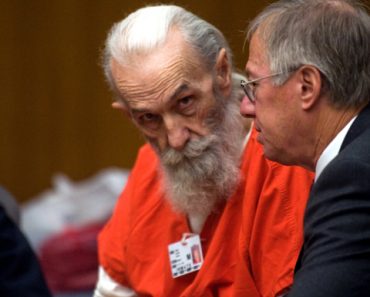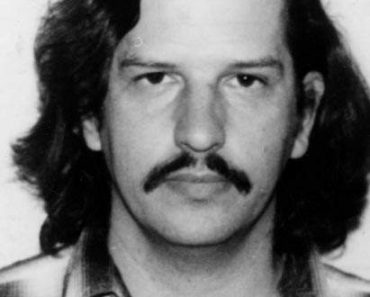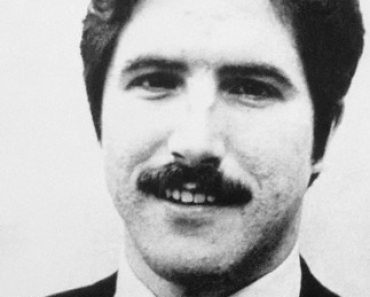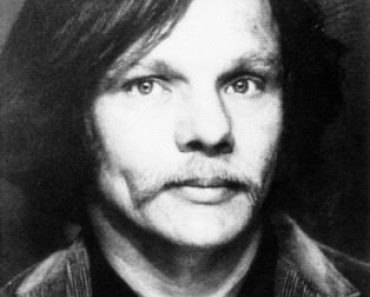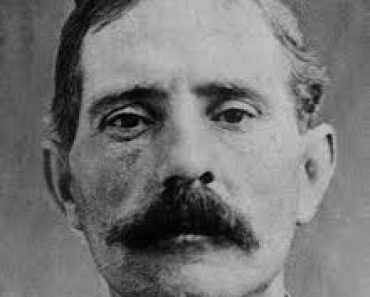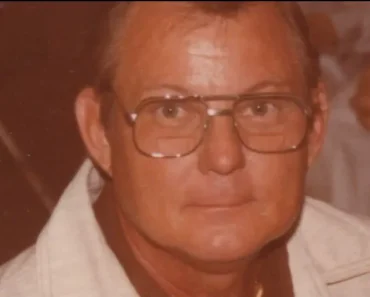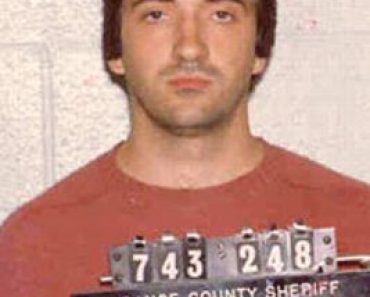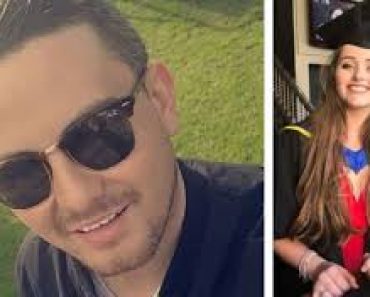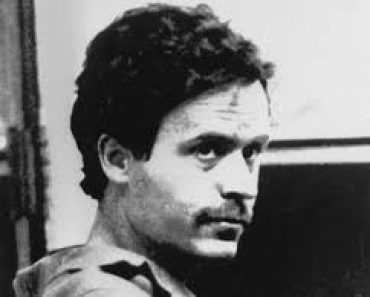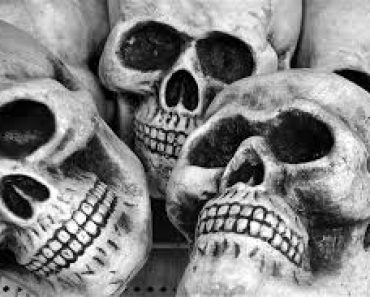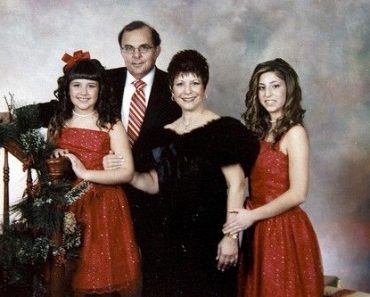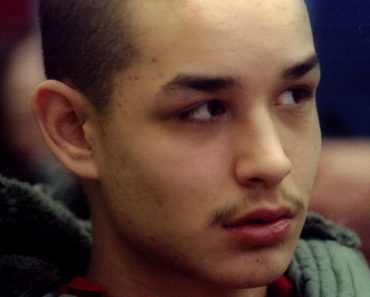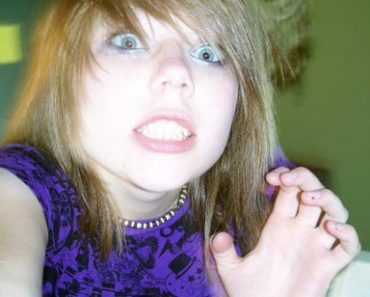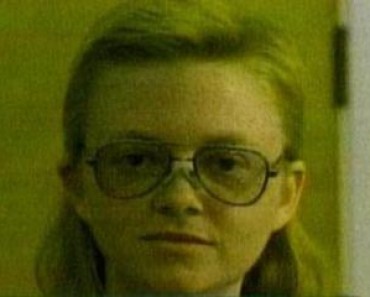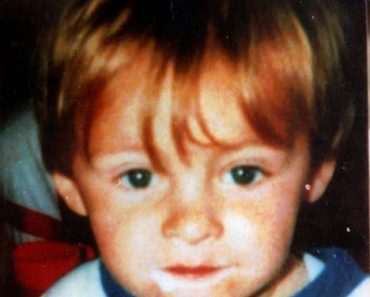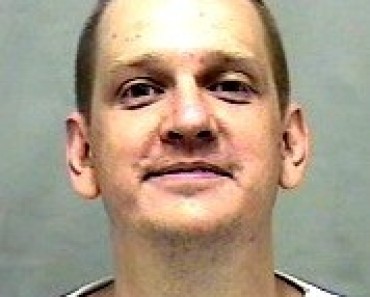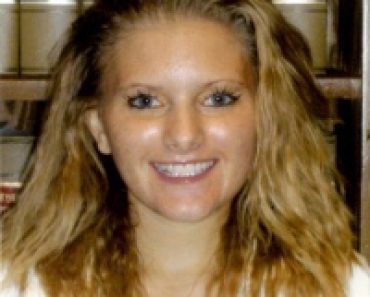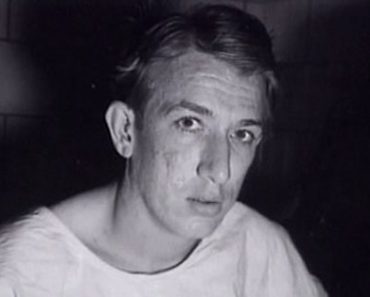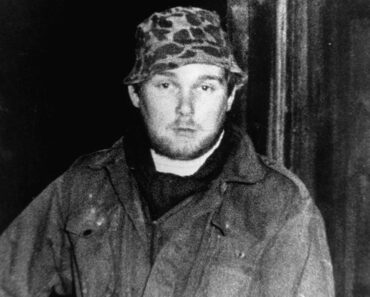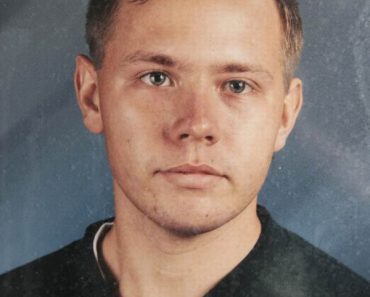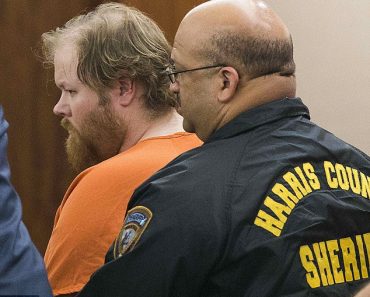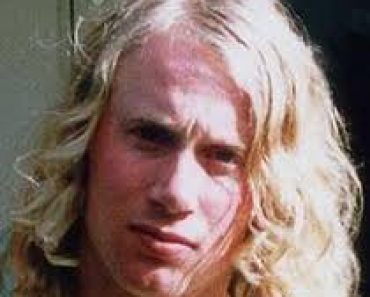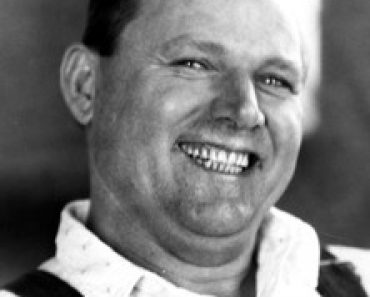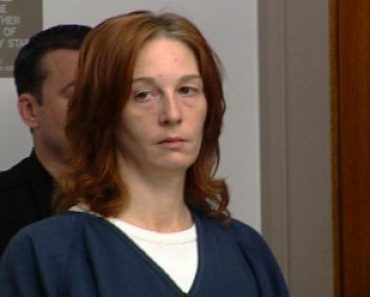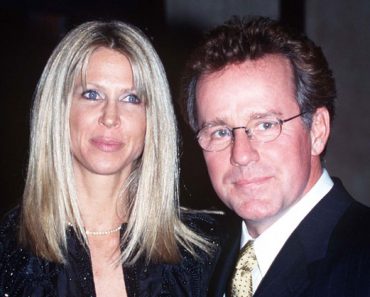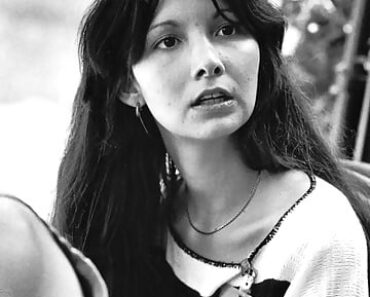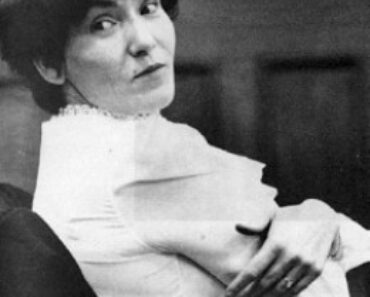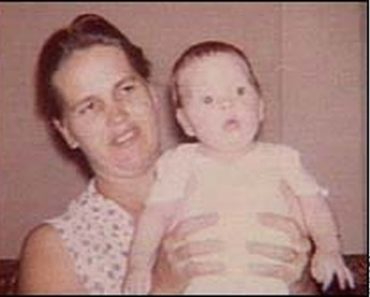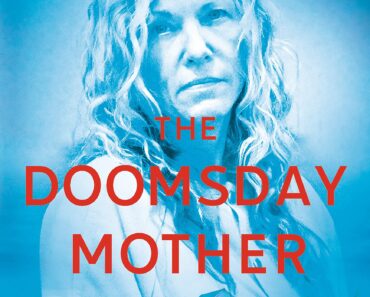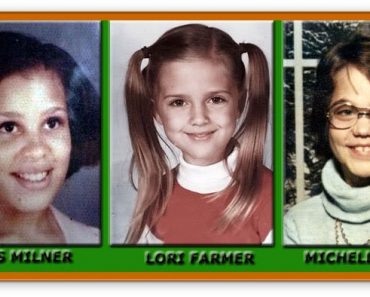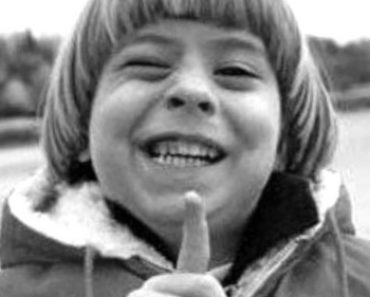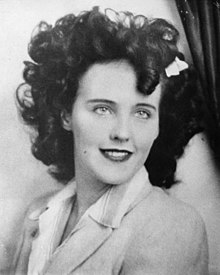
Elizabeth Short
The Black Dahlia
Unsolved Cold Case
Crime Spree: January 15, 1947
Elizabeth Short, known posthumously as the Black Dahlia, was an American woman found murdered in the Leimert Park neighborhood of Los Angeles, California, on or before January 15, 1947. Her case became highly publicized due to the gruesome nature of the crime, which included her corpse having been mutilated and bisected at the waist.
Elizabeth Short spent her early life in New England and Florida before relocating to California, where her father lived. It is commonly held that miss Short was an aspiring actress, though she had no known acting credits or jobs during her time in Los Angeles.
She would acquire the nickname of the Black Dahlia posthumously, as newspapers of the period often nicknamed particularly lurid crimes. The term may have originated from a film noir murder mystery, The Blue Dahlia, released in 1946. After the discovery of her body, the Los Angeles Police Department began an extensive investigation that produced over 150 suspects but yielded no arrests.
Short’s unsolved murder and the details surrounding it have had a lasting cultural intrigue, generating various theories and public speculation. Her life and death have been the basis of numerous books and films, and her murder is frequently cited as one of the most famous unsolved murders in American history.
The Early Days of Elizabeth Short
Elizabeth Short was born on July 29, 1924, in the Hyde Park section of Boston, Massachusetts. She was the third of five daughters born to Cleo A. Short and Phoebe May Sawyer. In 1927 the family briefly relocated to Portland, Maine, before settling in a suburb of Boston, that same year.
Cleo Short built miniature golf courses until he lost most of his savings in the 1929 stock market crash. In 1930 his car was found abandoned on the Charlestown Bridge, and it was assumed that he had jumped to his death. Believing her husband now dead, Elizabeth’s mother began working as a bookkeeper to support them.
Troubled by bronchitis and severe asthma attacks, Short underwent lung surgery at age 15, after which doctors suggested she periodically relocate to a milder climate to prevent further respiratory problems. Short’s mother sent her to spend winters in Miami, Florida, with family friends for the next three years. In her sophomore year, Elizabeth dropped out of High School.
The Move to California
In late 1942 Phoebe Short received a letter of apology from her presumed-dead husband, which revealed that he was in fact alive and well. He had apparently simply run away and started a new life in California.
In December, at the age of 18, Elizabeth Short relocated to Vallejo, California, to live with her father, whom she had not seen since age 6. At the time he was working at the nearby Mare Island Naval Shipyard on San Francisco Bay. Arguments between Short and her father led to her moving out in January 1943.
Elizabeth took a job at the Base Exchange at Camp Cooke near Lompoc, briefly living with a U.S. Army Air Force sergeant who reportedly abused her. She left Lompoc in mid-1943 and moved to Santa Barbara, where she was arrested on September 23, 1943, for drinking at a local bar while underage.[The juvenile authorities sent her back to Massachusetts but she returned instead to Florida, making only occasional visits to her family near Boston.
While in Florida, Elizabeth Short met Major Matthew Michael Gordon, Jr., a decorated Army Air Force officer, who was training for deployment to Southeast Asian theater of World War II. Elizabeth later told friends that Gordon had written to propose marriage while he was recovering from injuries from a plane crash in India. She accepted his offer, but Gordon died in a second crash on August 10, 1945, less than a week before the end of the war.
In July 1946, Elizabeth Short relocated to Los Angeles to visit Army Air Force Lieutenant Joseph Gordon Fickling, an acquaintance from Florida, who was stationed in Long Beach. She spent the last six months of her life in southern California, mostly in the Los Angeles area. Shortly before her death, Elizabeth had been working as a waitress and rented a room behind the Florentine Gardens nightclub on Hollywood Boulevard. She has been variously described and depicted as an aspiring or “would-be” actress.
The Murder of the Black Dalia
On January 9, 1947, Elizabeth Short returned to her home in Los Angeles after a brief trip to San Diego with Robert “Red” Manley, a 25-year-old married salesman she had been dating. Manley stated that he dropped Elizabeth off at the Biltmore Hotel in downtown Los Angeles, and that Short was to meet her sister, who was visiting from Boston, that afternoon. By some accounts, staff of the Biltmore recalled having seen Short using the lobby telephone. Shortly after, she was allegedly seen by patrons of the Crown Grill Cocktail Lounge at 754 South Olive Street, approximately 3⁄8 mile away from the Biltmore Hotel.
On the morning of January 15, 1947, Elizabeth Short’s naked body was found severed into two pieces on a vacant lot on the west side of South Norton Avenue, midway between Coliseum Street and West 39th Street in the neighborhood of Leimert Park. At the time, Leimert Park was largely undeveloped.
Local resident Betty Bersinger discovered the body at approximately 10 a.m. while walking with her three-year-old daughter, initially thinking she had come upon a discarded store mannequin. When she realized it was a corpse, she rushed to a nearby house and telephoned the police.
Elizabeth Short’s severely mutilated body was completely severed at the waist and drained of blood, leaving her skin a pallid white. Medical examiners determined that she had been dead for around ten hours prior to the discovery, leaving her time of death either sometime during the evening of January 14 or the early morning hours of January 15.
The body had apparently been washed by the killer. Elizabeth’s face had been slashed from the corners of her mouth to her ears, creating an effect known as the “Glasgow smile”. She had several cuts on her thigh and breasts, where entire portions of flesh had been sliced away. The lower half of her body was positioned a foot away from the upper, and her intestines had been tucked neatly beneath her buttocks. The corpse had been “posed”, with her hands over her head, her elbows bent at right angles, and her legs spread apart.
Upon the discovery, a crowd of passersby and reporters began to gather. Aggie Underwood, from the Los Angeles Herald Express, was among the first to arrive. She took photos of the corpse and crime scene. Near the body, detectives located a heel print amid tire tracks and a cement sack containing watery blood.
The Autopsy of Elizabeth Short
An autopsy of Elizabeth Short’s body was performed on January 16, 1947. The report stated that Short was 5 feet 5 inches tall and weighed 115 pounds. She had light blue eyes, brown hair and badly decayed teeth. There were ligature marks on her ankles, wrists and neck, and an “irregular laceration with superficial tissue loss” on her right breast. The report also noted superficial lacerations on the right forearm, left upper arm and the lower left side of the chest.
The body of Elizabeth Short had been cut completely in half by a technique taught in the 1930s called a hemicorporectomy. The lower half of her body had been removed by transecting the lumbar spine between the second and third lumbar vertebrae, thus severing the intestine at the duodenum. The report noted “very little” bruising along the incision line, suggesting it had been performed after death.
Another “gaping laceration” ran longitudinally from the umbilicus to the suprapubic region. The lacerations on each side of her face, which extended from the corners of the lips, were measured at three inches on the right side of the face and 2+1⁄2 inches on the left. The skull was not fractured, but there was bruising noted on the front and right side of her scalp, with a small amount of bleeding consistent with blows to the head.
The cause of death was determined to be hemorrhaging from the lacerations to her face and the shock from blows to the head and face. Evidence suggests she may have been raped. Samples were taken from her body testing for the presence of sperm, but the results came back negative.
Elizabeth Short was identified after her fingerprints were sent to the FBI. Her fingerprints were on file from her 1943 arrest. Immediately following Short’s identification, reporters contacted her mother in Boston. Initially they told Phoebe her daughter had won a beauty contest. Only after prying as much personal information as they could did they finally reveal that her daughter had in fact been murdered.
The media nicknamed Elizabeth Short the “Black Dahlia” and described her as an “adventuress” who “prowled Hollywood Boulevard”. Additional newspaper reports deemed the murder a “sex fiend slaying”.
The Investigation
On January 21, 1947, a person claiming to be Elizabeth Short’s killer placed a phone call to the office of James Richardson, the editor of the Examiner, congratulating Richardson on the newspaper’s coverage of the case, and stated he planned on eventually turning himself in, but not before allowing police to pursue him further. Additionally, the caller told Richardson to “expect some souvenirs of Beth Short in the mail”.
On January 24, a suspicious manila envelope was discovered by a U.S. Postal Service worker: The envelope had been addressed to “The Los Angeles Examiner and other Los Angeles papers” with individual words that had been cut-and-pasted from newspaper clippings. A large message on the face of the envelope read: “Here is Dahlia’s belongings. Letter to follow”.
The envelope contained Elizabeth’s birth certificate, business cards, photographs, names written on pieces of paper and an address book with the name Mark Hansen embossed on the cover. The packet had been carefully cleaned with gasoline, similarly to Short’s body, which led police to suspect the packet had been sent directly by her killer.
Despite the efforts to clean the packet, several partial fingerprints were lifted from the envelope and sent to the FBI for testing. The prints were compromised in transit and thus could not be properly analyzed.
The same day the packet was received by the Examiner, a handbag and a black suede shoe were reported to have been seen on top of a garbage can in an alley a short distance from Norton Avenue, two miles from where Short’s body had been discovered. The items were recovered by police, but they had also been wiped clean with gasoline, destroying any fingerprints.
On March 14, an apparent suicide note scrawled in pencil on a bit of paper was found tucked in a shoe in a pile of men’s clothing by the ocean’s edge at the foot of Breeze Ave. Venice. The note read: “To whom it may concern: I have waited for the police to capture me for the Black Dahlia killing, but have not. I am too much of a coward to turn myself in, so this is the best way out for me. I couldn’t help myself for that, or this. Sorry, Mary.”
The pile of clothing was first seen by a beach caretaker, who reported the discovery to John Dillon, lifeguard captain. Dillon immediately the West Los Angeles Police Station. The clothes included a coat and trousers of blue herringbone tweed, a brown and white Y shirt, white jockey shorts, tan socks and tan moccasin leisure shoes, size about eight. The clothes gave no clue about the identity of their owner.
Police quickly deemed Mark Hansen, the owner of the address book found in the packet, a suspect. Hansen was a wealthy local nightclub and theater owner and an acquaintance at whose home Elizabeth Short had stayed with friends. He confirmed that the purse and shoe discovered in the alley were in fact Short’s.
Elizabeth’s friend, and roommate, told investigators that Short had recently rejected sexual advances from Hansen and suggested it as potential cause for him to kill her. However, he was cleared of suspicion in the case.
In addition to Hansen, the Los Angeles Police Department interviewed over 150 men in the ensuing weeks whom they believed to be potential suspects. Manley, who had been one of the last people to see Short alive, was also investigated, but was cleared of suspicion after passing numerous polygraph examinations. Police also interviewed several persons found listed in Hansen’s address book, including Martin Lewis, who had been an acquaintance of Short’s. Lewis was able to provide an alibi for the date of Short’s murder, as he was in Portland, Oregon, visiting his father-in-law, who was dying of kidney failure.
A total of 750 investigators from the LAPD and other departments worked on the case during its initial stages, including 400 sheriff’s deputies and 250 California State Patrol officers. Various locations were searched for potential evidence, including storm drains throughout Los Angeles, abandoned structures, and various sites along the Los Angeles River, but the searches yielded no further evidence.
City councilman Lloyd G. Davis posted a $10,000 reward for information leading police to the killer of Elizabeth Short. After the announcement of the reward, various persons came forward with confessions, most of which police immediately dismissed as false.
The Investigation Continues
On January 26, another letter was received by the Examiner. This time it was handwritten and read: , which read: “Here it is. Turning in Wed., Jan. 29, 10 am. Had my fun at police. Black Dahlia Avenger”. The letter also named a location at which the supposed killer would turn himself in. Police waited at the location on the morning of January 29, but the writer of the letter did not appear. Instead, at 1:00pm, the Examiner offices received another cut-and-pasted letter, which read: “Have changed my mind. You would not give me a square deal. Dahlia killing was justified.” Several more letters arrived over the next few months, but the investigation came no closer to finding the truth or a killer
On February 1, the Los Angeles Daily News reported that the case had “run into a Stone Wall”, with no new leads for investigators to pursue. The Examiner continued to run stories on the murder and the investigation, which was front-page news for 35 days following the discovery of the body.
When interviewed, the lead investigator on the case stated that all believed that Elizabeth Short had been murdered elsewhere. Perhaps in a remote building or shack on the outskirts of Los Angeles, and her body transported into the city where it was disposed of. Based on the precise cuts and dissection of Short’s corpse, the LAPD looked into the possibility that the murderer had been a surgeon, doctor, or someone with medical knowledge. In mid-February 1947, the LAPD served a warrant to the University of Southern California Medical School, which was located near the site where Short’s body had been discovered, requesting a complete list of the program’s students. The university agreed so long as the students’ identities remained private. Background checks were conducted, but yielded no results.
By the spring of 1947, the murder of Elizabeth Short had become a cold case with few new leads and to this day remains unsolved.

Source: wikipedia | theguardian.com | novelsuspects.com | fbi.gov/history
This site contains affiliate links. We may, at no cost to you, receive a commission for purchases made through these links

